The 10 Most Dangerous Places in Our Solar System
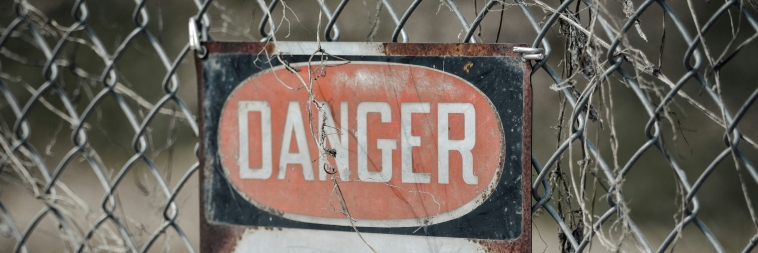
In this article, we’ll take a tour through space and explore the ten most dangerous places in our solar system.
Who amongst us hasn’t wondered what it might be like to set foot in another world? If you ever had the chance to journey through our solar system, there’s many breathtaking locations to explore, some of which might even play host to life. However, there’s also a few extremely dangerous places in our solar system that you might want to keep away from on your trip!
In this article, we’ll skip the Instagrammable hotspots and instead take a trip to the sketchier parts of our galactic neighbourhood! Whether it’s planets, moons, or even the Sun itself, we’ll explore all the reasons why these particular destinations probably shouldn’t be a stop on your maiden tour of the solar system.
Ten Most Dangerous Places in Our Solar System
As we embark on this journey through the ten most dangerous places in our solar system, prepare to encounter extreme temperatures, crushing pressures, and deadly radiation. While fascinating, these celestial destinations are fraught with peril and demonstrate the immense power and variety of the cosmos.
Let’s dive into the treacherous terrains that make our planet seem like the safest haven in the universe!
Venus
Imagine a place where the surface temperature is hot enough to melt lead! Welcome to Venus, a planet where temperatures soar to a scorching 475°C, earning it the title of the hottest planet in our solar system.
Venus’s thick atmosphere, composed mainly of carbon dioxide, traps heat in a runaway greenhouse effect, making it an utterly hostile environment for any form of known life. The planet is covered in a dense blanket of clouds made of sulphuric acid, adding to its inhospitable nature.
Despite its harsh conditions, Venus has long fascinated scientists, who believe that understanding its extreme climate could offer insights into the future of Earth’s own atmosphere.
Io
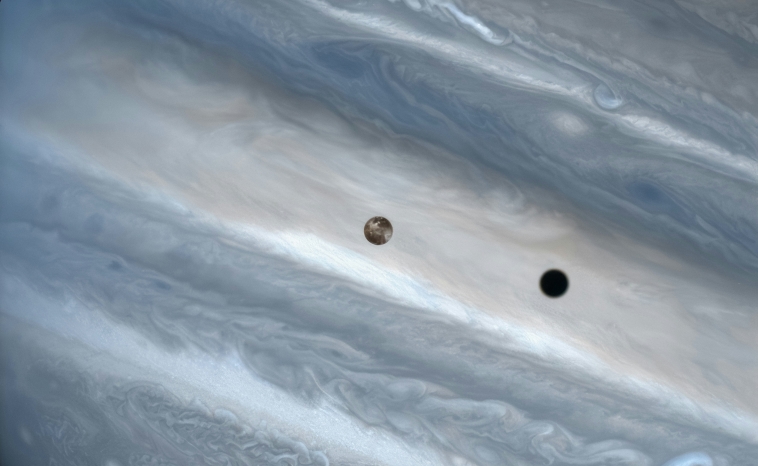
Jupiter’s moon Io is a celestial body of extremes, renowned for its intense volcanic activity. Io’s surface is peppered with over 400 active volcanoes, some spewing lava hundreds of kilometres into space. These eruptions are driven by tidal heating caused by the gravitational interactions between Io, Jupiter, and other Galilean moons.
The landscape is dotted with vast lava lakes and towering mountains, making it one of the most geologically active places in the solar system. Coupled with its high radiation levels, thanks to Jupiter’s powerful magnetosphere, Io is not a place you’d want to visit without a robust spacesuit! Scientists are fascinated by Io’s dynamic environment, as studying it could offer insights into early Earth and other volcanic worlds.
Titan
Saturn’s largest moon, Titan, boasts the distinction of having a dense atmosphere—an oddity among moons in our solar system. This thick atmosphere is primarily composed of nitrogen, similar to Earth’s, but with a significant presence of methane. The methane gives rise to a unique chemical environment, leading to temperatures that plummet to a bone-chilling -179°C.
Despite these extreme conditions, Titan features eerily Earth-like landscapes with rivers, lakes, and even seas of liquid methane and ethane. These hydrocarbon bodies create a fascinating mirror image of Earth’s water-based bodies. Titan remains one of the coldest and most intriguing places in our solar system, continuing to captivate scientists and astronomers with its mysteries and similarities to our own planet.
4. Mars
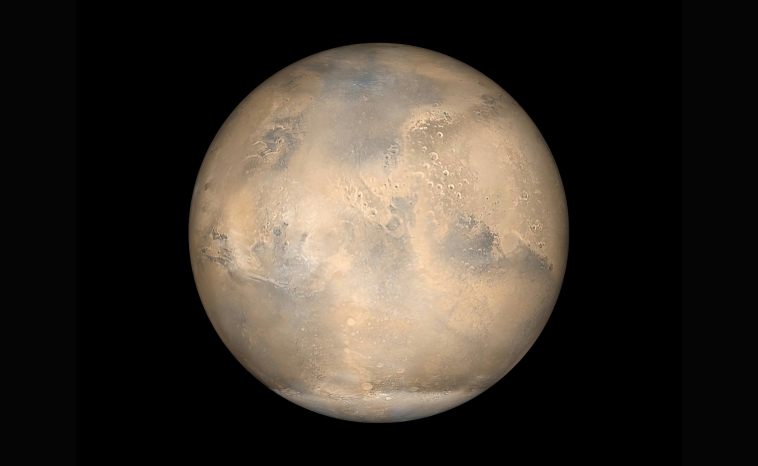
Often romanticised as a potential second home for humanity, Mars is far from a welcoming neighbour!
With a thin atmosphere composed mostly of carbon dioxide, surface temperatures that frequently dip below freezing, and relentless dust storms that can last for weeks, survival on Mars would be a Herculean feat. Its barren, arid landscape offers little in the way of comfort or safety. The lack of liquid water, scarce resources, and intense radiation from the Sun further complicate the prospect of establishing a sustainable human presence.
Despite these formidable challenges, Mars’s allure continues to captivate scientists and dreamers alike, fueling ambitious plans for future exploration, colonisation, and even terraforming.
Mercury
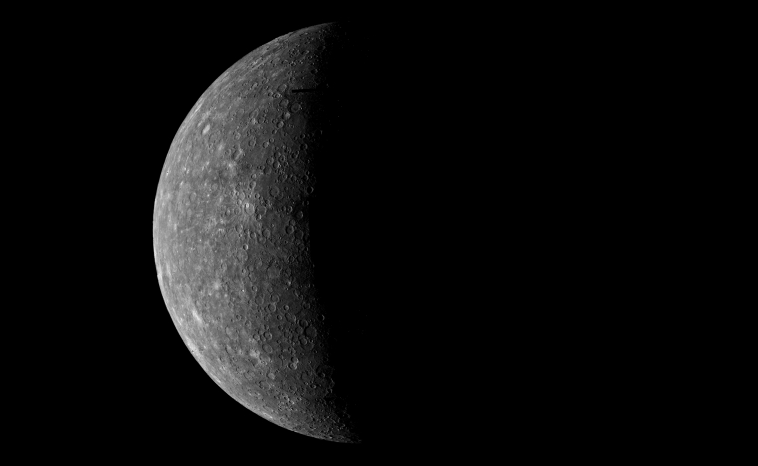
Despite being the closest planet to the Sun, Mercury’s lack of a significant atmosphere results in extreme temperature fluctuations. Daytime temperatures can soar to a scorching 430°C, making the surface unbearably hot. In contrast, nighttime brings a drastic drop to a frigid -180°C, plunging the planet into an icy cold.
These wild swings in temperature create an incredibly harsh environment for any potential settlers. Mercury’s thin exosphere, composed mostly of oxygen, sodium, hydrogen, helium, and potassium, offers little protection from solar radiation and meteoroids, further complicating the prospect of human habitation.
The Asteroid Belt
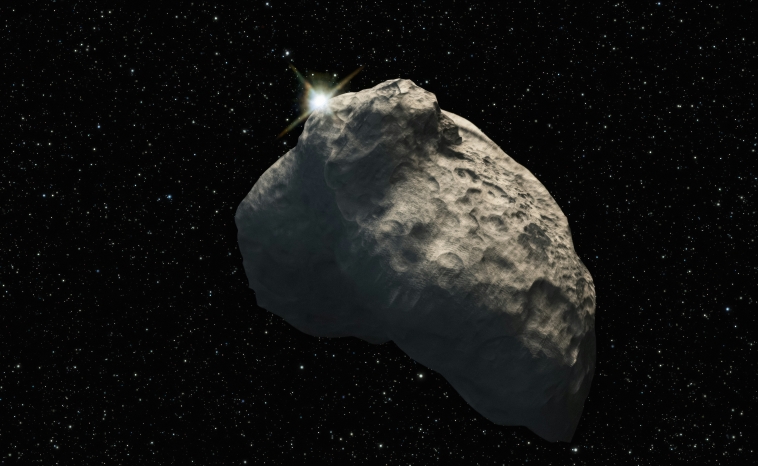
Nestled between the orbits of Mars and Jupiter lies the asteroid belt—a vast region teeming with rocky objects of varying sizes, from tiny pebbles to massive boulders. This cosmic minefield, stretching roughly 140 million miles wide, contains remnants from the early solar system, offering invaluable clues to the origins of our planetary neighbourhood.
Navigating this minefield of debris poses significant challenges, from collision risks to the absence of any atmosphere, making it an inhospitable locale for human explorers. The lack of atmosphere means there is no protection from solar radiation, and the extreme temperature fluctuations add another layer of complexity to any potential mission.
Pluto
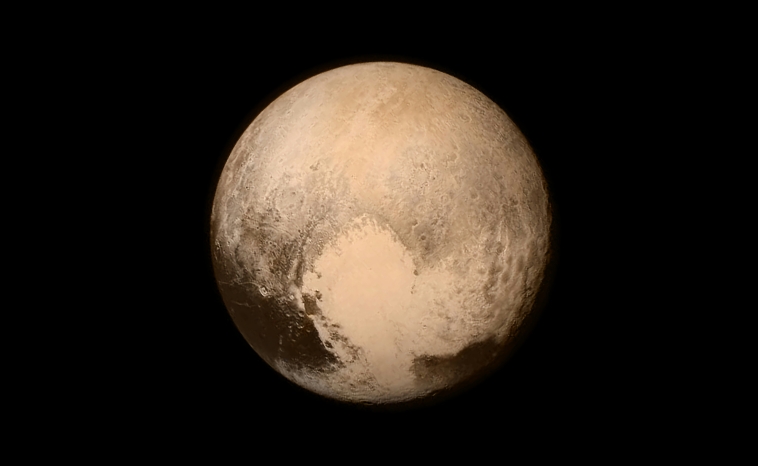
Relegated to dwarf planet status in 2006 by the International Astronomical Union, Pluto resides in the frigid outskirts of our solar system, far beyond the orbit of Neptune.
This distant world, part of the Kuiper Belt, experiences temperatures plunging to -229°C, making it one of our solar system’s coldest and most remote locations. Furthermore, its thin atmosphere, primarily composed of nitrogen with traces of methane and carbon monoxide, offers little respite from the relentless cold.
Despite its small size, Pluto boasts a range of fascinating geological features, including mountains made of water ice and vast plains covered with nitrogen ice. Its largest moon, Charon, is nearly half its size, forming a unique binary system where the centre of gravity lies outside both bodies.
The Sun’s Corona
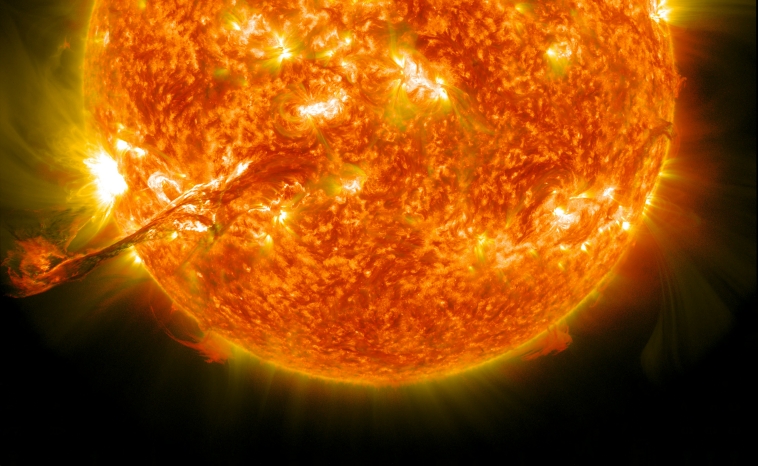
Venturing too close to our Sun brings you to the corona, its outermost layer. Here, temperatures exceed a blistering one million°C. This outer layer is a halo of plasma that extends millions of kilometres into space and is visible during a total solar eclipse.
The extreme heat and intense radiation create an environment utterly inhospitable for any form of life or machinery as we know it. Scientists study the corona to understand solar wind and space weather, which can impact satellite communications and power grids on Earth.
Jupiter
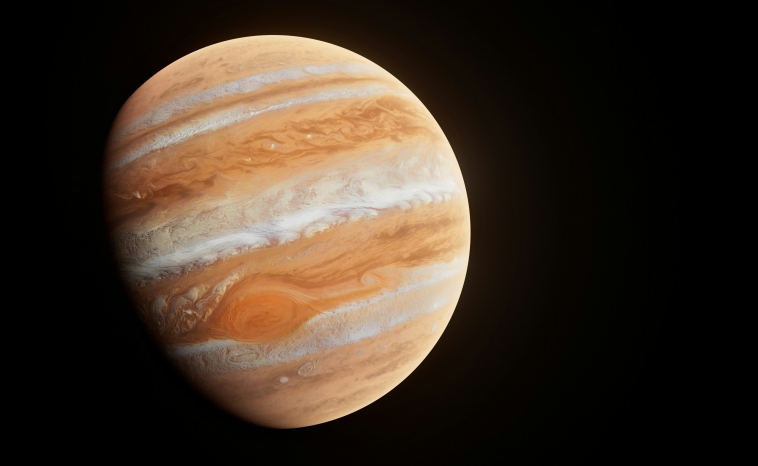
The undisputed behemoth of our solar system, Jupiter is a gas giant composed primarily of hydrogen and helium. Its colossal size, with a mass over 300 times that of Earth, exerts immense gravitational pull, influencing the trajectories of nearby celestial bodies. The planet’s atmosphere exhibits stunning banded patterns and houses the Great Red Spot, a gigantic storm that has raged for centuries.
Beneath its dense clouds lies a turbulent and dynamic environment with winds reaching speeds of over 600 km/h. Moreover, Jupiter’s magnetic field is the strongest of any planet in our solar system, trapping charged particles and creating intense radiation belts.
Orbiting this gas giant are over 79 known moons, with the four largest—Io, Europa, Ganymede, and Callisto—providing compelling destinations for future exploration due to their unique geological and potentially habitable environments.
The Rings of Saturn
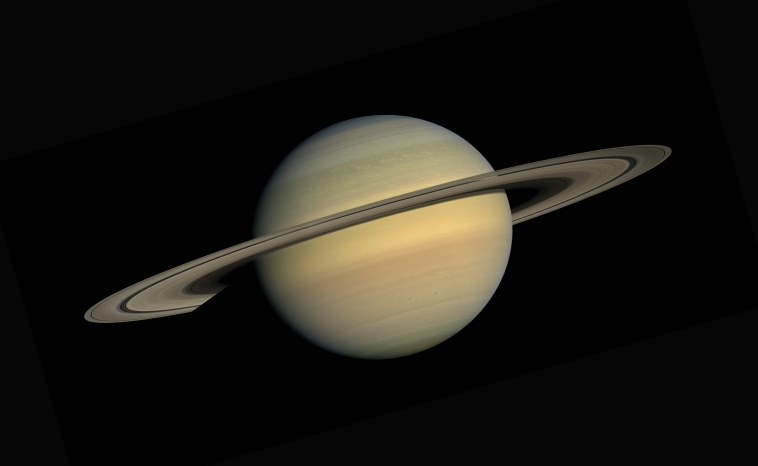
The majestic rings of Saturn, composed primarily of ice particles, dust, and rocky debris, paint a beautiful yet deceiving picture. While they create a stunning visual spectacle from afar, up close, this region presents a myriad of challenges.
The constant movement and collision of ring particles pose significant hazards for spacecraft. Furthermore, the rings offer no solid ground, leaving any hypothetical settlers without a stable surface to establish a foothold. Coupled with the intense radiation emanating from Saturn’s magnetosphere, the rings represent an enthralling but perilous region, discouraging any form of long-term habitation.
Final Thoughts on the Most Dangerous Places in our Solar System
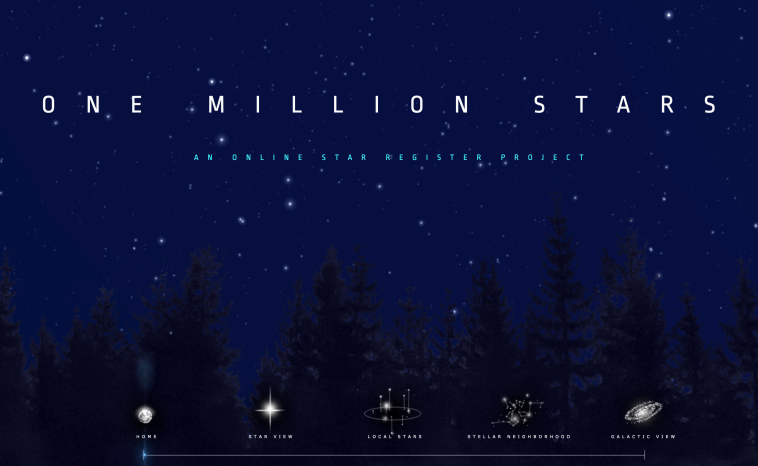
As we push the boundaries of human knowledge and endeavour, it’s fascinating to reflect on the diversity and extremity of our cosmic neighbourhood. Though unwelcoming, these extreme environments offer us invaluable insights into life’s resilience and adaptability. Understanding these harsh conditions helps scientists prepare for future explorations and advances our search for life beyond Earth.
While we explore the wonders and dangers of our solar system, why not dive even deeper into the cosmos? Our interactive One Million Stars App brings the universe to your fingertips, letting you discover countless stars, constellations, and the fascinating stories behind them. Download the app today and explore the night sky like never before!

